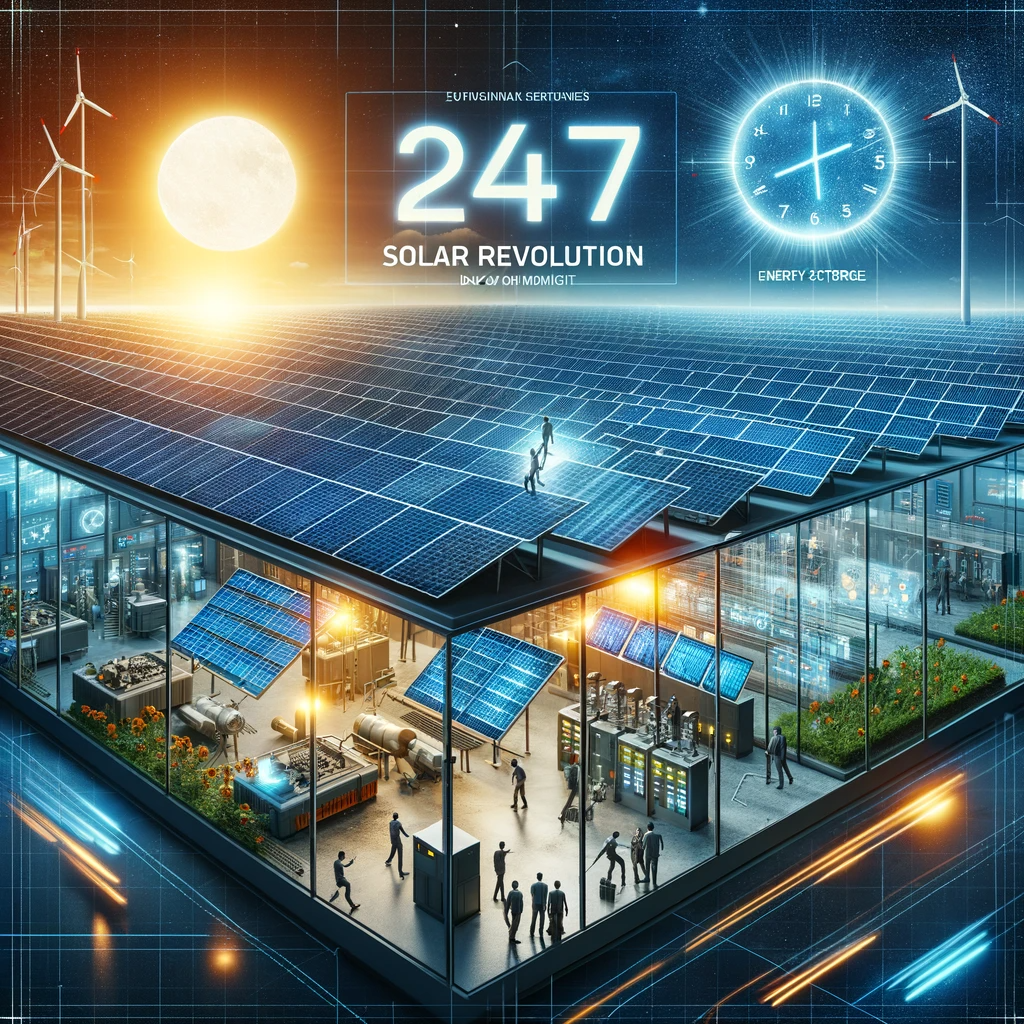In the dynamic landscape of renewable energy, ‘247 solar‘ marks a significant milestone. This concept of continuous, round-the-clock solar power is not just an innovation; it’s a revolution. In this article, we will explore how 247 solar is transforming the energy sector, offering an eco-friendly, sustainable solution that could redefine how we consume energy.

The Science Behind 247 Solar
247 solar energy hinges on the capability to harness and store solar power even when the sun isn’t shining. This is made possible through advanced photovoltaic technology and cutting-edge energy storage systems, such as lithium-ion batteries and thermal storage solutions. These technologies ensure a constant supply of solar energy, day and night, overcoming the intermittent nature of traditional solar power.
Economic Implications of 247 Solar
The shift to 247 solar presents a fascinating economic landscape. While the initial investment in solar panels and storage systems can be substantial, the long-term savings are significant. When compared to fossil fuels, 247 solar is increasingly cost-competitive, particularly when factoring in the rising costs and environmental impact of traditional energy sources. Moreover, the decentralization of energy production can lead to reduced transmission costs and increased energy security.
Environmental Impact
The environmental benefits of 247 solar are profound. By providing a consistent, renewable energy source, 247 solar significantly reduces reliance on fossil fuels, thereby decreasing greenhouse gas emissions. This transition is crucial in the global effort to combat climate change and reduce our collective carbon footprint.
Global Case Studies
Around the world, various regions have successfully implemented 247 solar projects. These range from small-scale residential setups to large utility-scale installations. For instance, projects in sunny regions like California and Australia have demonstrated the feasibility and efficiency of 247 solar, serving as models for global replication.
Challenges and Limitations
Despite its promise, the implementation of 247 solar faces several challenges. These include the high cost of advanced battery technology, the need for more efficient solar panels, and logistical hurdles in scaling up production. However, ongoing research and technological advancements are continuously addressing these challenges, paving the way for more widespread adoption.
The Future of 247 Solar
The future of 247 solar appears bright, with rapid advancements in technology and increasing global awareness of environmental issues. Innovations in battery technology, solar panel efficiency, and smart grid integration are expected to further reduce costs and increase the feasibility of 247 solar systems. As these developments unfold, 247 solar is poised to become a cornerstone of global energy strategies.
Conclusion
The 247 solar revolution represents a significant leap forward in our quest for sustainable and reliable energy sources. With its potential to provide continuous, clean energy, 247 solar stands as a beacon of hope in the fight against climate change and a testament to human ingenuity. As we move forward, it is crucial that we continue to support and invest in this promising technology, ushering in a greener, more sustainable future.